What Type of Fish Are Farmed in Ghana?
Are you curious about the backbone of Ghana's aquaculture? It's a vibrant industry, and understanding what's farmed is key to seeing its potential.
The primary fish species farmed in Ghana are Nile tilapia and African catfish, chosen for their adaptability to local conditions and high market demand, making them crucial for food security and economic growth.
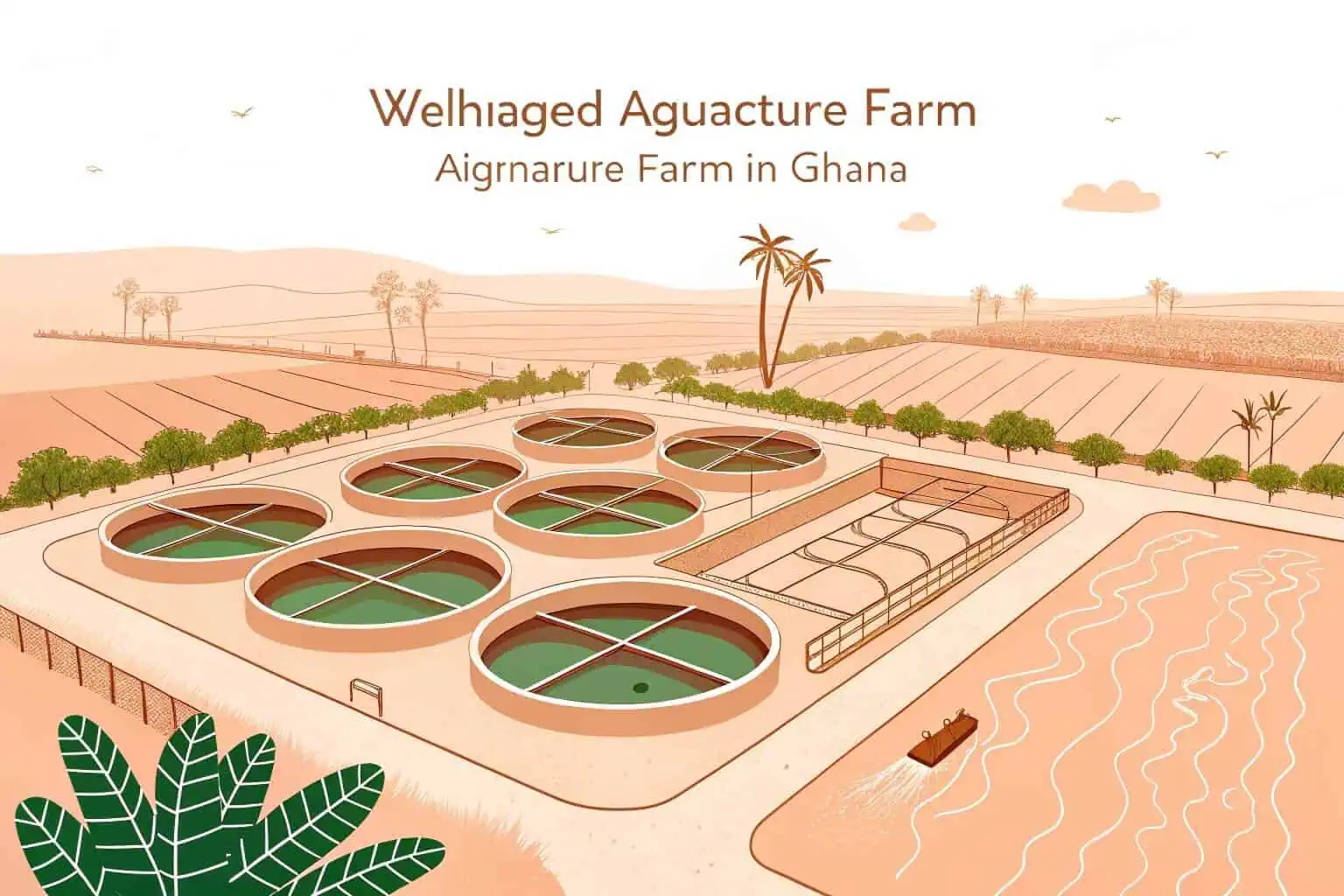
Ghana's waters are teeming with life, but specific species dominate its aquaculture scene. This focus isn't accidental; it's a strategic choice reflecting both ecological suitability and consumer preference. As someone deeply involved in supporting aquaculture, I've seen firsthand how these choices shape the industry. Let's explore this further and understand the nuances of fish farming in this dynamic West African nation.
What is the Most Common Fish in Ghana?
Ever wondered which fish graces most Ghanaian tables? The answer might surprise you with its simplicity and significance to the local diet and economy.
Nile tilapia stands out as the most common fish in Ghana, both in aquaculture and wild catch, prized for its taste, affordability, and cultural importance in Ghanaian cuisine.
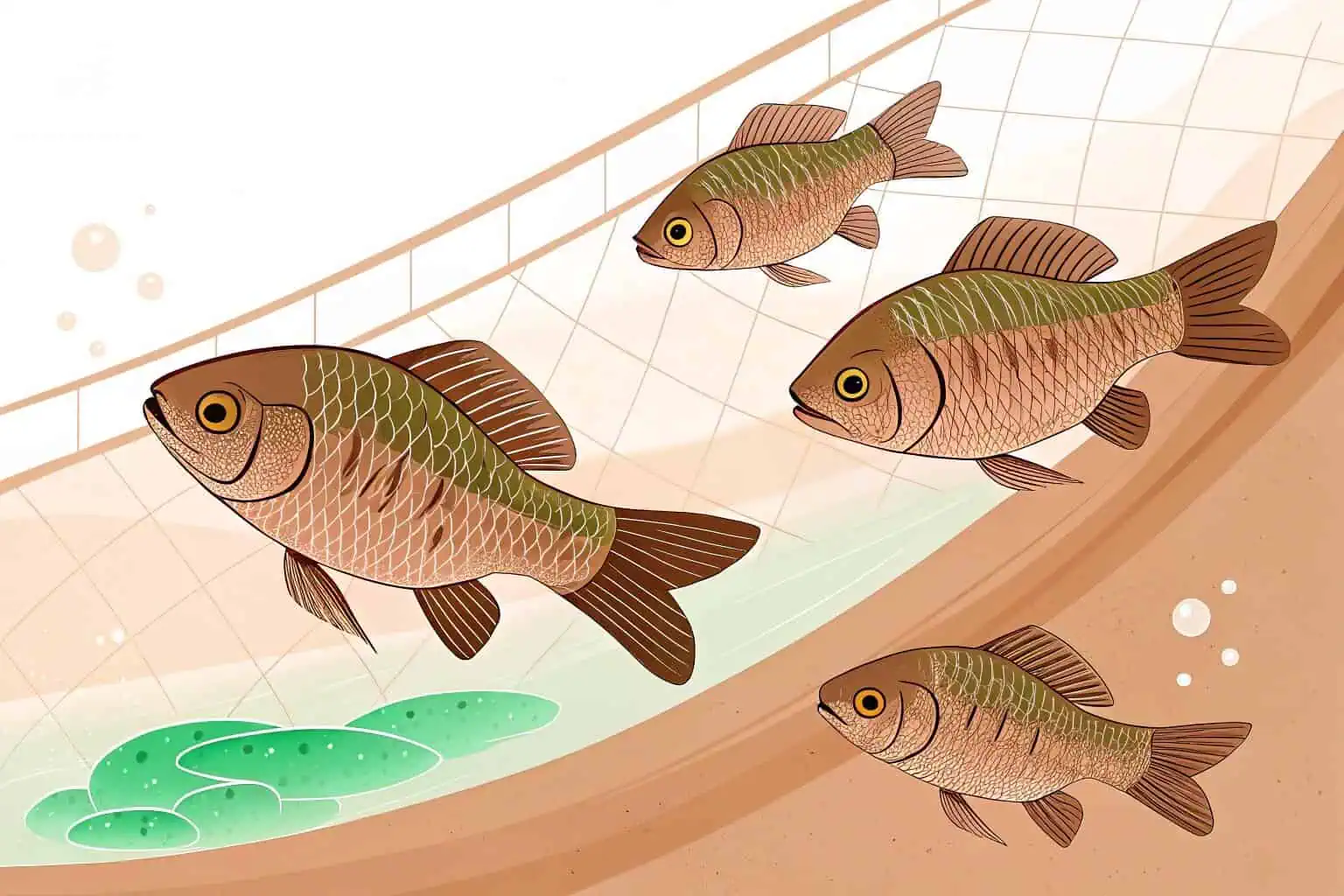
When I think about Ghanaian aquaculture, Nile tilapia immediately comes to mind. It's not just a fish; it's a cornerstone of the local food system. My experience working with fish farmers across Ghana has shown me how integral tilapia is. They choose it for good reasons. It grows relatively quickly, can tolerate a range of water conditions, and, crucially, people love to eat it. This widespread appeal makes it a reliable source of income for many small-scale farmers and a staple protein for countless families. The government's push to boost local fish production often centers on tilapia, given its proven track record. We've supplied many farms with our collapsible fish tanks1 specifically for tilapia culture, and the feedback always highlights the fish's resilience. It's fascinating to see how one species can have such a profound impact on a nation's food security and economic landscape. The demand is consistently high, whether for everyday meals or special occasions.
Why is Tilapia so Popular?
Tilapia's popularity isn't just a matter of taste. It's a combination of factors that make it an ideal candidate for both farming and consumption. From a farming perspective, it's relatively easy to breed and manage. They are quite hardy and can thrive even in conditions that might be challenging for other species. This makes them a good choice for farmers who might be new to aquaculture or have limited resources. For consumers, tilapia is known for its mild flavor and firm texture, making it versatile in the kitchen. It can be grilled, fried, smoked, or used in stews, fitting perfectly into a wide array of Ghanaian dishes.
| Feature | Benefit for Farming | Benefit for Consumption |
|---|---|---|
| Hardiness2 | Tolerates varied water conditions | Consistent availability |
| Growth Rate3 | Relatively fast, quicker market turn | Affordable protein source |
| Diet | Omnivorous, adaptable feed options | - |
| Flavor4 | - | Mild, versatile in cooking |
| Texture | - | Firm, pleasant to eat |
Economic Impact of Tilapia Farming
The economic contribution of tilapia farming5 is substantial. It provides employment for thousands of people, from those working directly on the fish farms to those involved in processing, transportation, and sales. This creates a ripple effect throughout local economies, particularly in rural areas where alternative employment opportunities might be scarce. Furthermore, by boosting local tilapia production, Ghana can reduce its reliance on imported fish, which helps to improve the country's trade balance and food sovereignty. I've seen communities transformed by the growth of tilapia farming, with increased income leading to better living standards and access to education and healthcare. The table below outlines some key economic contributions:
| Economic Aspect | Description |
|---|---|
| Job Creation6 | Direct farm employment, processing, logistics, retail |
| Income Generation | Improved livelihoods for farmers and related businesses |
| Import Reduction | Less reliance on foreign fish, better trade balance |
| Food Security7 | Increased local availability of affordable protein |
| Rural Development | Economic stimulus in areas with fewer alternative income sources |
What Fish is Eaten in Ghana?
Beyond the most common, what other aquatic delights feature in Ghanaian meals? The variety reflects the nation's rich culinary heritage and access to diverse water bodies.
Ghanaians consume a wide variety of fish, including tilapia, catfish, mackerel, herring, and tuna, prepared in numerous ways, reflecting the country's rich coastal and freshwater resources.
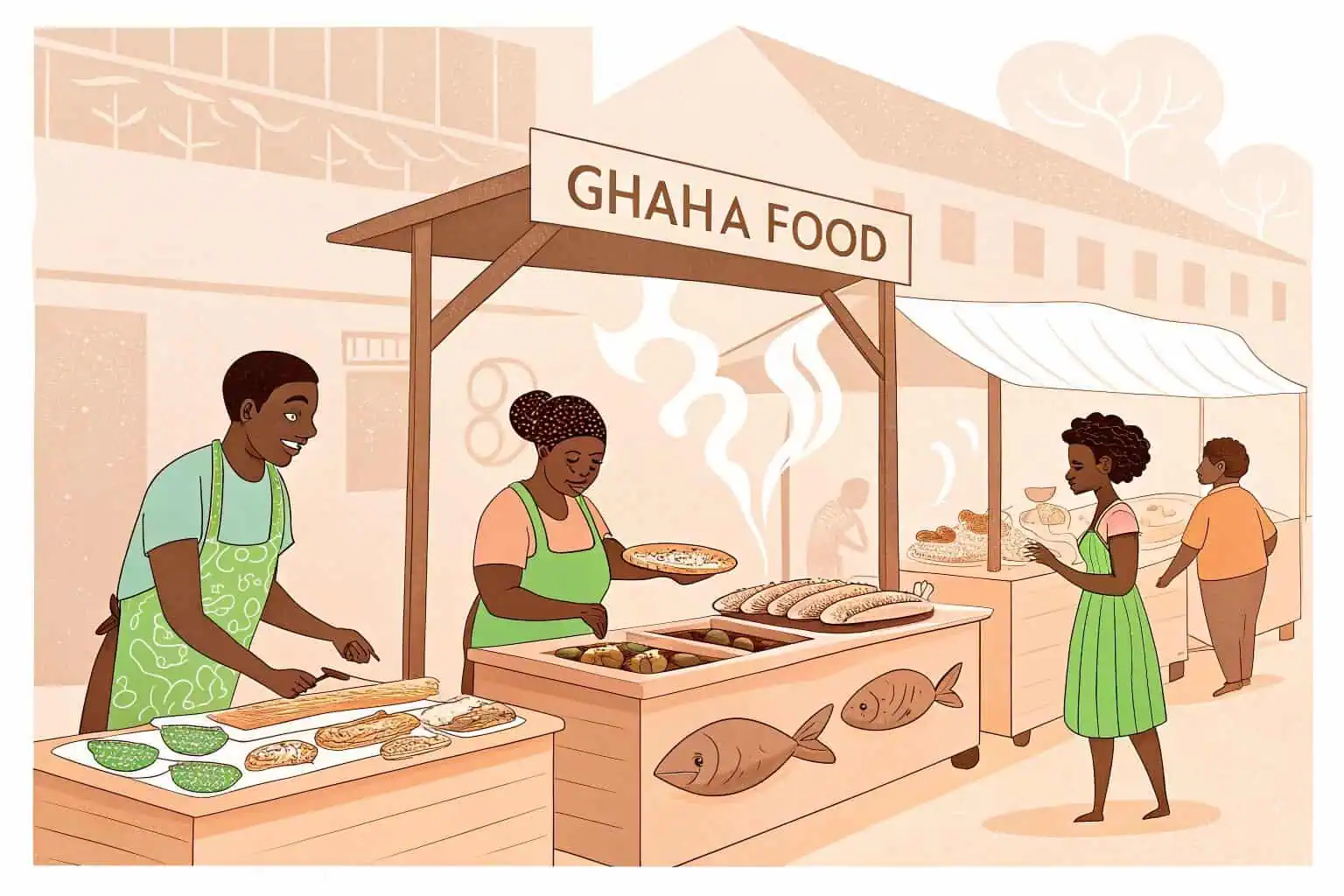
My interactions with local communities and food markets in Ghana have given me a deep appreciation for the diversity of fish in their diet. While tilapia and catfish are aquaculture mainstays, the range of fish eaten is much broader. Mackerel, often imported and sold smoked or canned, is incredibly popular and affordable. Herring, locally known as "keta school boys" when smoked, is another staple, especially in coastal areas. Tuna, both fresh and canned, also finds its way into many Ghanaian dishes. It's not just about the species, but also the preparation methods – grilling, smoking, frying, and stewing are all common. This variety is a testament to Ghana's rich fishing traditions and its access to both marine and freshwater ecosystems. However, I've also noticed the increasing pressure on wild stocks, which makes sustainable aquaculture8 of species like tilapia and catfish even more critical to meet the consistent demand. Our efforts at Bancy aim to support this by providing reliable farming infrastructure.
Traditional Ghanaian Fish Dishes
Fish is central to many iconic Ghanaian dishes. Think of "kenkey9" with fried fish and pepper sauce, or "banku10" with grilled tilapia. Fish stews and soups are also incredibly common, often forming the heart of a family meal. Smoked fish, in particular, is a widely used ingredient, adding a distinctive flavor to many recipes. These dishes are not just about sustenance; they are an integral part of Ghana's cultural identity. The way fish is prepared and shared often carries social and traditional significance.
| Dish Component | Common Fish Used11 | Preparation Method | Cultural Significance |
|---|---|---|---|
| Kenkey Side | Tilapia, Other Fried Fish | Fried | Staple, everyday meal |
| Banku Pairing | Tilapia, Red Snapper | Grilled, Stewed | Popular, celebratory |
| Soups/Stews | Catfish, Mackerel, Herring | Boiled, Simmered | Versatile, family meals |
| Flavoring | Smoked Herring/Mackerel | Smoked | Adds depth to many dishes |
The Role of Imported Fish
While Ghana has a significant local fishing industry and a growing aquaculture sector, imported fish still plays a role in meeting national demand. This is particularly true for species like mackerel and some types of tuna. The reliance on imports highlights the gap between local supply12 and the high per capita fish consumption in the country. This is where I see a huge opportunity for the expansion of sustainable aquaculture. By increasing the production of locally farmed fish like tilapia and catfish, Ghana can reduce its import bill, create more local jobs, and enhance its food security.
| Fish Type | Common Form | Reason for Import | Impact on Local Market |
|---|---|---|---|
| Mackerel | Smoked, Canned | High demand, affordability | Supplements local catch |
| Herring | Smoked, Canned | Popularity, price point | Complements local varieties |
| Tuna | Canned, Frozen | Specific consumer preference13 | Fills specific market niche |
| Sardines | Canned | Convenience, shelf-life | Widely consumed |
What Freshwater Fish are in Ghana?
Ghana's rivers and lakes are home to a diverse array of freshwater species, but which ones are most significant for food and farming?
Key freshwater fish in Ghana include Nile tilapia, African catfish, and various cichlids and carp species, with tilapia and catfish being the most commercially important for aquaculture.
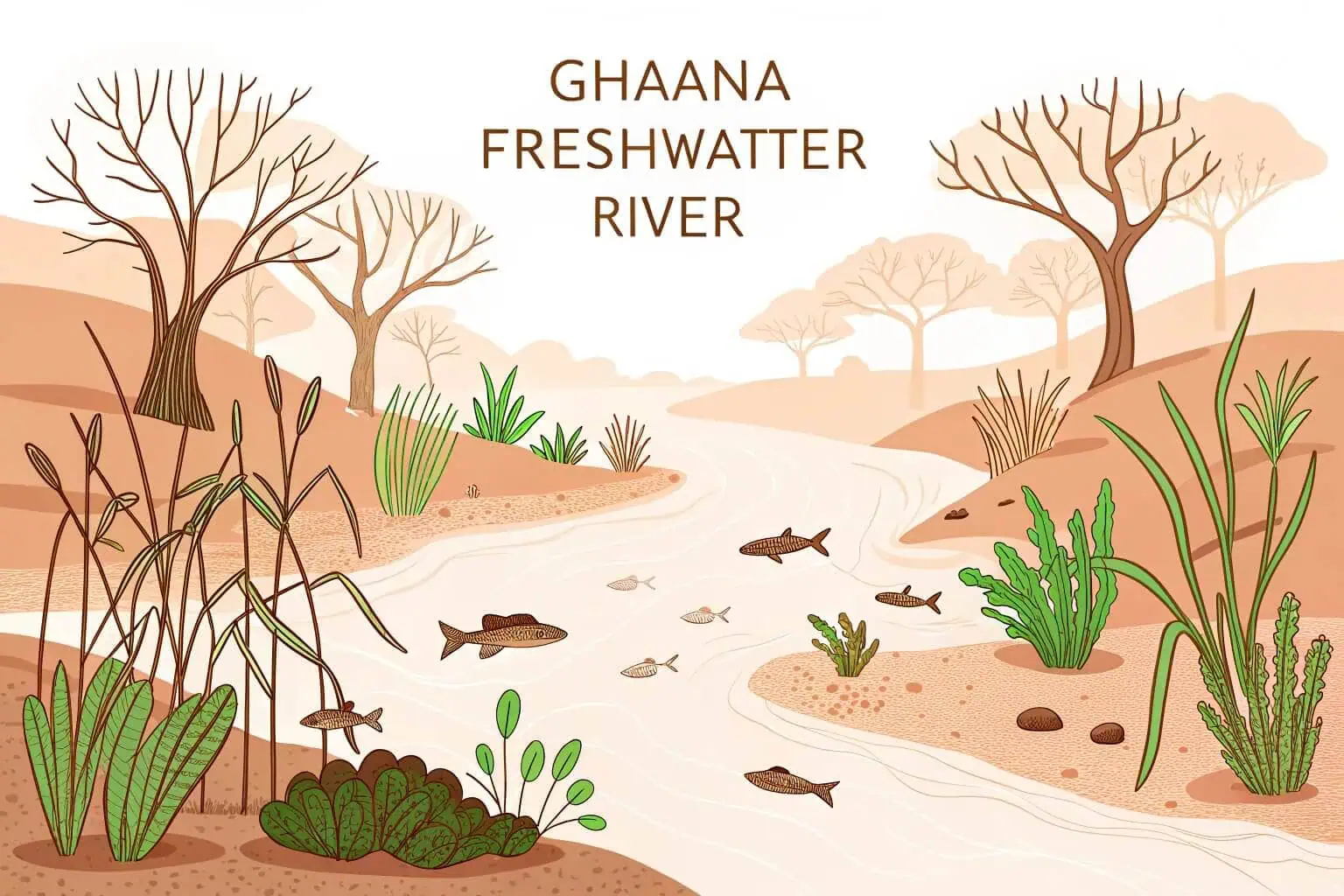
Exploring Ghana's freshwater ecosystems14, like the Volta Lake system, reveals a rich biodiversity. From my perspective in the aquaculture supply sector, the most prominent freshwater species are undoubtedly Nile tilapia and African catfish. These are the workhorses of the freshwater fish farming industry. However, beyond these, there are many other indigenous species. Various types of cichlids, beyond the commercially farmed tilapia, inhabit these waters. Carp species have also been introduced in some areas, though they don't have the same commercial dominance as tilapia or catfish. The focus on tilapia and catfish in aquaculture is strategic; they are well-suited to the local climate, have established breeding techniques, and enjoy strong market acceptance. My work involves helping farmers optimize conditions for these species, often using our adaptable tank systems that can be set up near these freshwater sources, ensuring a steady supply of quality fish to meet the nation's needs.
The Importance of Volta Lake
Volta Lake is one of the largest artificial reservoirs in the world and a critical freshwater resource for Ghana. It supports a significant fishery, providing livelihoods for many communities along its shores. The lake is home to a diverse range of fish species. Aquaculture, particularly cage culture of tilapia15, has become increasingly important.
| Feature of Volta Lake | Significance for Freshwater Fish |
|---|---|
| Size & Volume | Vast habitat, supports large fish populations & aquaculture potential |
| Biodiversity | Hosts Tilapia, Catfish, Nile Perch, and many other species |
| Economic Hub | Supports thousands through fishing, processing, and trade |
| Aquaculture Site | Growing cage culture industry, primarily for Tilapia |
| Challenges | Overfishing, pollution, invasive species need management |
Lesser-Known Freshwater Species
While tilapia and catfish dominate, Ghana's freshwaters host many other interesting fish. These include various Alestes (characins), Labeo (cyprinids), and Bagrus (catfishes). While not all are commercially farmed, they contribute to biodiversity and local diets. There's potential for research into their aquaculture viability.
| Species Group | Examples in Ghana | Ecological Role | Current Use |
|---|---|---|---|
| Characins | Alestes16 spp. | Prey/Predator | Artisanal fisheries |
| Cyprinids | Labeo spp. | Herbivore/Detritivore | Local consumption |
| Bagrid Catfishes | Bagrus17 spp. | Predator | Some local markets |
| Mormyrids | Elephantnoses | Insectivore, unique | Limited, specialized |
What is the Local Fish in Ghana?
When we talk about "local fish," what does that truly mean in the Ghanaian context, considering both wild-caught and farmed varieties?
"Local fish" in Ghana typically refers to species like tilapia, catfish, and various sea fish like cassava fish or herrings, which are indigenous or widely naturalized and integral to local cuisine and economy.
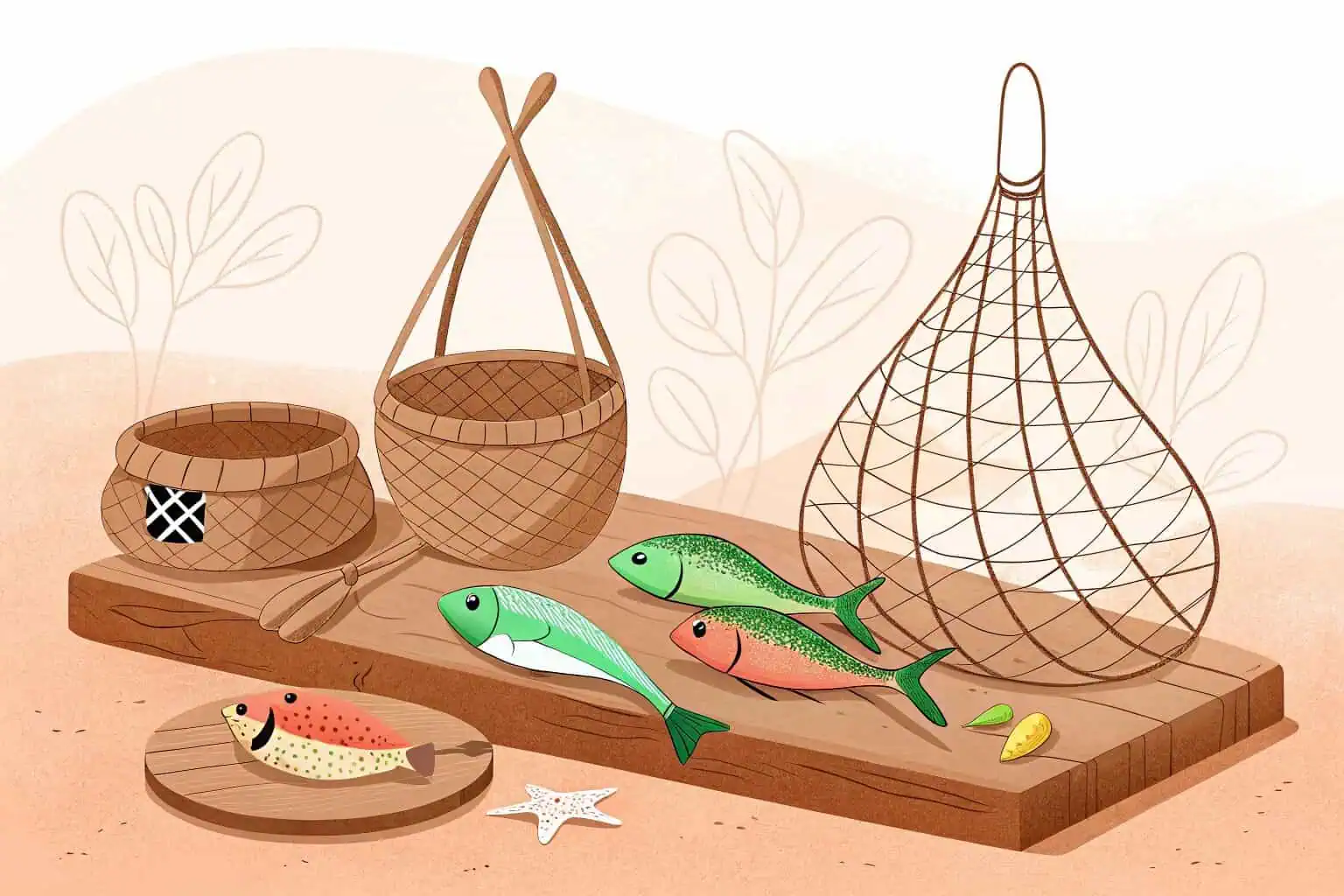
In Ghana, the term "local fish18" encompasses a range of species that are deeply embedded in the nation's diet and culture. From my experience, this certainly includes Nile tilapia and African catfish, which, although widely farmed, are also found naturally in Ghanaian waters and are considered very much local. Then you have the marine fish caught along Ghana's coast – species like cassava fish, various types of bream, herrings (often smoked), and mackerel. These are all staples. The distinction between purely wild and farmed is becoming more blurred as aquaculture grows. What makes them "local" is their long-standing presence in Ghanaian markets and kitchens. When I discuss solutions like our Bancy fish tanks, the conversation often revolves around these species because they are what the local market demands. Supporting the sustainable supply of these local fish is vital.
Defining "Local" in a Globalized World
The concept of "local fish" can be nuanced. For example, Nile tilapia, while native to Africa, has been widely distributed. However, in Ghana, its long presence and integration make it unequivocally local. The key is its role within the Ghanaian food system19 and economy. This is important for consumer acceptance and aquaculture strategies.
| Aspect of "Local" | Ghanaian Context | Implication for Market |
|---|---|---|
| Origin | Indigenous or long-term naturalized species | High consumer familiarity |
| Cultural Role | Integral to traditional dishes and culinary practices | Strong existing demand |
| Economic Base | Supports local fishers and farmers | Foundation for local supply |
| Availability | Commonly found in local markets (fresh/processed) | Accessibility for consumers |
The Future of Local Fish Supply
Ensuring a sustainable supply of local fish20 is a major priority. Overfishing and climate change pose challenges. Aquaculture of well-adapted local species like tilapia and catfish plays a crucial role. By increasing farmed production, Ghana can reduce pressure on wild fisheries and meet growing demand. My company, Bancy, is committed to supporting this with innovative aquaculture infrastructure21, empowering local farmers.
| Challenge to Supply | Potential Solution with Aquaculture | Bancy's Contribution |
|---|---|---|
| Overfishing | Reduces pressure on wild stocks by providing alternative | Durable, efficient tank systems |
| Growing Demand | Increases overall fish availability | Customizable farming solutions |
| Climate Impacts | Controlled environment farming can mitigate some risks | Resilient infrastructure |
| Import Reliance | Boosts domestic production, enhances food sovereignty | Supporting local enterprises |
Conclusion
Ghana's aquaculture, centered on Nile tilapia and African catfish, is vital for its food security and economy, with diverse local fish consumption reflecting rich traditions and a growing need for sustainable solutions.
-
Discover the advantages of collapsible fish tanks for aquaculture, which can optimize space and improve fish farming efficiency. ↩
-
Understanding hardiness can help farmers choose resilient crops, ensuring better yields and sustainability. ↩
-
Exploring growth rates can reveal how quickly crops can be harvested, affecting both market supply and pricing. ↩
-
Discovering the culinary advantages of mild flavors can enhance cooking versatility and meal planning. ↩
-
Explore how tilapia farming boosts local economies and creates jobs, enhancing community welfare and sustainability. ↩
-
Exploring this resource will provide insights into how job creation in agriculture boosts local economies and communities. ↩
-
Discover how local agriculture enhances food security and ensures access to affordable nutrition for communities. ↩
-
Explore the importance of sustainable aquaculture in preserving fish species and supporting local economies. ↩
-
Exploring this link will deepen your understanding of kenkey, a staple dish that showcases Ghana's culinary heritage. ↩
-
Learn about banku, its preparation, and its role in Ghanaian meals, enriching your culinary knowledge of the region. ↩
-
Discover the variety of fish that enhance traditional dishes, enriching your culinary knowledge. ↩
-
Understanding the dynamics of local supply can reveal opportunities for improving Ghana's fish industry and reducing imports. ↩
-
Understanding consumer preferences can help businesses tailor their offerings and improve market strategies. ↩
-
Explore the unique features of Ghana's freshwater ecosystems, which support diverse species and sustainable aquaculture practices. ↩
-
Discover the importance of cage culture in aquaculture and its benefits for fish farming and local livelihoods. ↩
-
Exploring this link will provide insights into the ecological significance of Alestes and their role in local biodiversity. ↩
-
Discover the market dynamics and potential of Bagrus catfishes in local fisheries by exploring this link. ↩
-
Exploring this resource will provide insights into the cultural significance and health benefits of local fish in Ghana. ↩
-
Learn about the role of local fish in Ghana's food system and its impact on consumer choices. ↩
-
Explore this resource to learn about effective strategies and practices that can help maintain local fish populations sustainably. ↩
-
Discover cutting-edge technologies and solutions that are transforming aquaculture and supporting sustainable practices. ↩